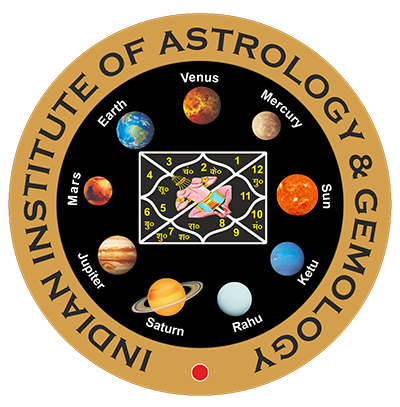



Online & Offline Classes provide real-time, expert-led learning experiences in astrology and Vastu, offering personalized guidance for in-depth understanding.
Get connect with experienced professionals for real-time, accurate insights into your life’s challenges and opportunities.
Talking to our Instructor's typically involves seeking insights about your life, personality, and future. So connect with top leading instructor's for transforming yout life and accurate guidance.
Ancient Indian architecture and design that creating harmony between humans and their environment. It involves the arrangement of spaces, buildings to promote well-being, prosperity, and positive energy flow.
An astro shop is a store that specializes in selling astrology-related products, such as Astrology and Vastu books, Software, Rudraksha, Kundli, Vastu products, gemstones, and other services.
Let’s see what our customers say about us: Real stories of how our astrology and Vastu services have made a positive difference in their lives.
Let’s see what our customers say about us through their video testimonials, sharing their authentic experiences and success stories with our services.
Explore our blogs for expert insights, tips, and knowledge on astrology, Vastu, and holistic solutions to enhance every aspect of your life.